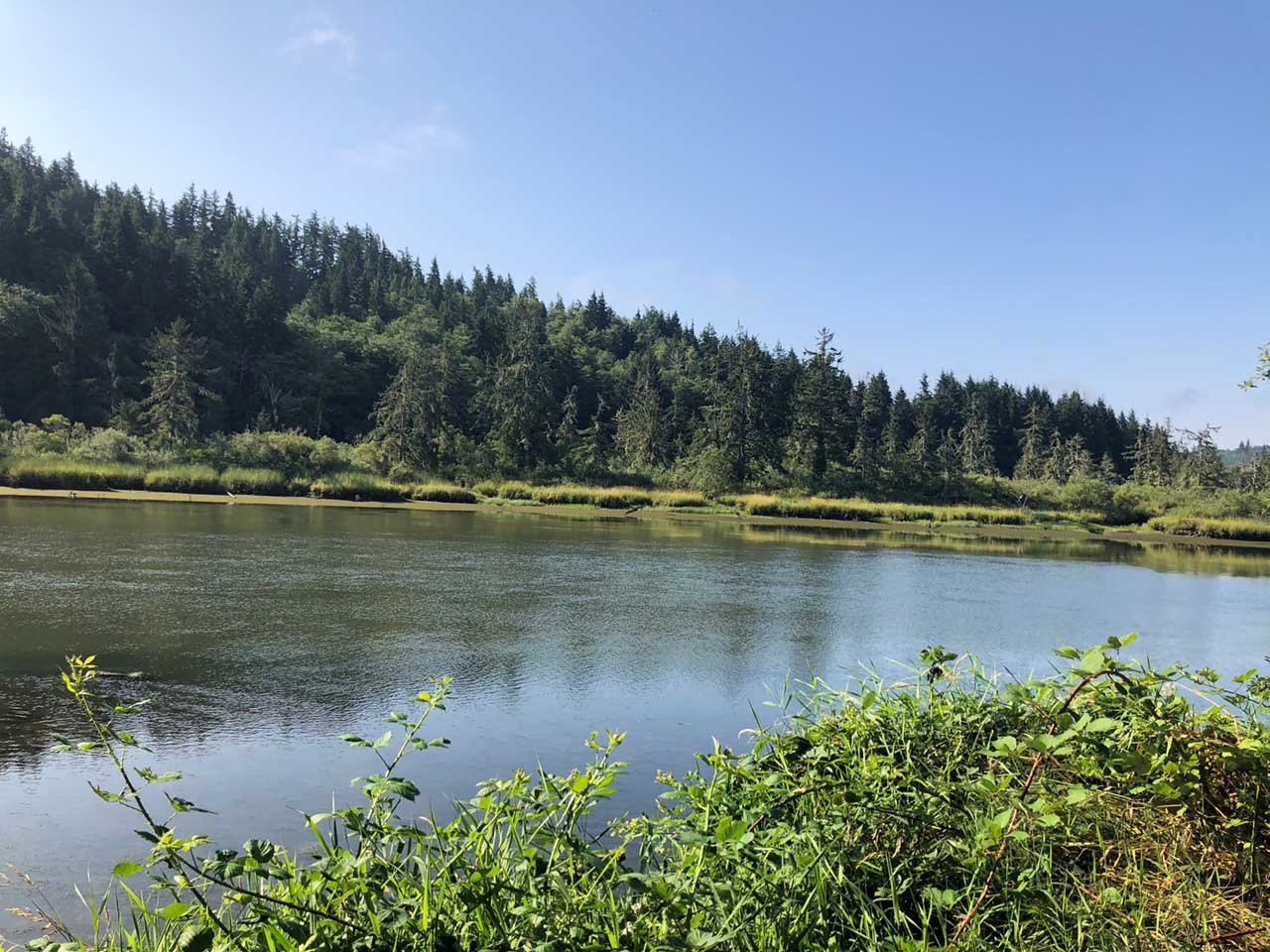Upper John Day River Valley Could Become Model for Oregon Aquifer Storage and Recovery Projects

A recent airborne electromagnetic (AEM) survey conducted by the Grant Soil and Water Conservation District (GSWCD) to assess groundwater resources in the Upper John Day River Valley identified possible locations for Active Storage and Recovery (ASR).
This will help guide long-term water management strategies and secure sustainable water supplies throughout the valley.
Upper John Day River Valley Ground Water Recovery Project
The Oregon Department of Emergency Management (OEM) announced that the GSWCD made significant progress in its FEMA-funded Upper John Day River Aquifer Management Feasibility Study and recently shared the findings from an airborne electromagnetic (AEM) survey conducted in September.
The AEM study aimed to identify locations for building underground water storage wells by examining Active Storage and Recovery (ASR) projects. The survey’s goal was to image and interpret subsurface hydrogeological conditions to assess groundwater resources and identify candidate locations for ASR project development.
Successful ASR projects will ultimately help capture peak runoff to benefit summer stream flows while also increasing water supplies during low-flow/peak-demand periods using:
- Inductive coupling, where an electromagnetic field is sent into the ground from above, and scientists measure how the ground responds to help them understand the depth of bedrock, the shape of underground layers, and other essential features, and
- Light Detection and Ranging (LIDAR) sends out laser pulses from an aircraft and measures how long it takes for the light to bounce back. This helps create very accurate maps of the ground, even in areas with trees or hills.
The AEM study will help the conservation district choose locations for test wells. Identified wells will be drilled and studied to see if they can store water safely and effectively.
The wells identified in the survey would help manage water better in the valley, especially during dry months, using Aquifer storage and recovery systems that save water underground during rainy seasons and bring it back during dry times.
This helps protect water supplies for farms and communities, particularly as weather patterns change and droughts become more common. OEM suggested that the Upper John Day River Valley could become a good example of how small communities can use technology to manage water wisely.
